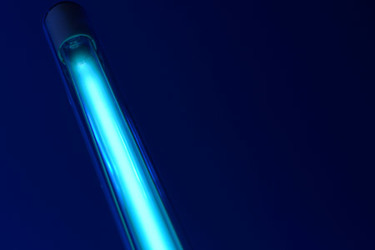How To Control Variables (And Costs) With UV Advanced Oxidation Process

Recently found to be present in approximately one-fifth of U.S. groundwater samples, 1,4-dioxane is increasingly under scrutiny by regulators. New York was the first state to impose a maximum contaminant level (MCL) of 1 part per billion (ppb). New Jersey and California are considering similar measures. Filtration technologies, including activated carbon, are not effective at removing small hydrophilic chemicals like 1,4-dioxane.
The UV advanced oxidation process (UV AOP) has long been proven to work against hydrophilic chemicals, including 1,4-dioxane. Water treatment plants (WTPs) have been slow to adopt this technology due to misunderstandings about it being too expensive, too large in size, and, overall, too complicated to operate. Today’s UV AOP utilizes low-pressure UV lamps and more advanced control software that allows operators to manage the process. By making adjustments based on waster characteristics and even the cost of both energy and oxidant chemicals, operators can keep tight control over the treatment outcomes and total cost of treatment.
Get unlimited access to:
Enter your credentials below to log in. Not yet a member of Water Online? Subscribe today.
